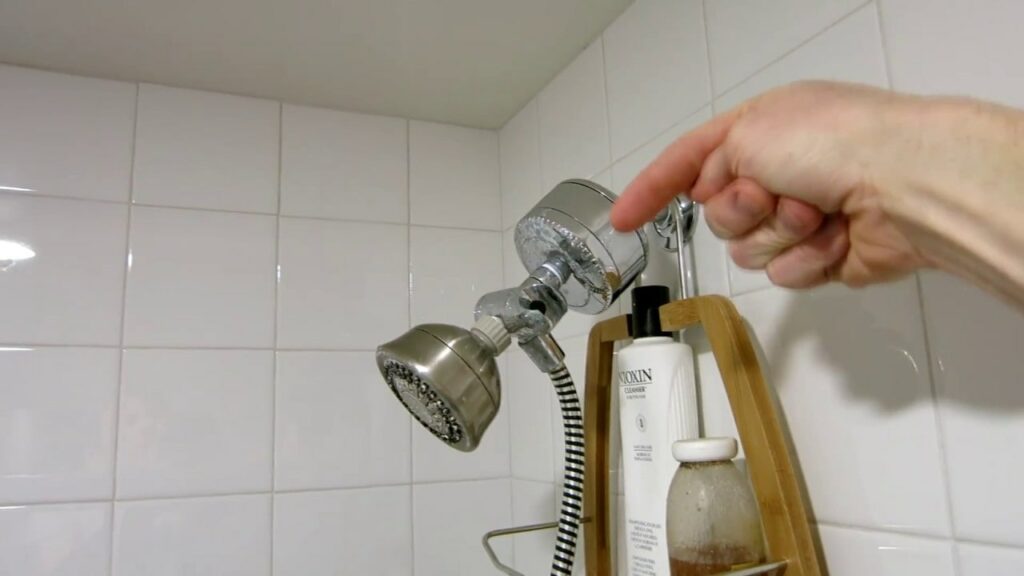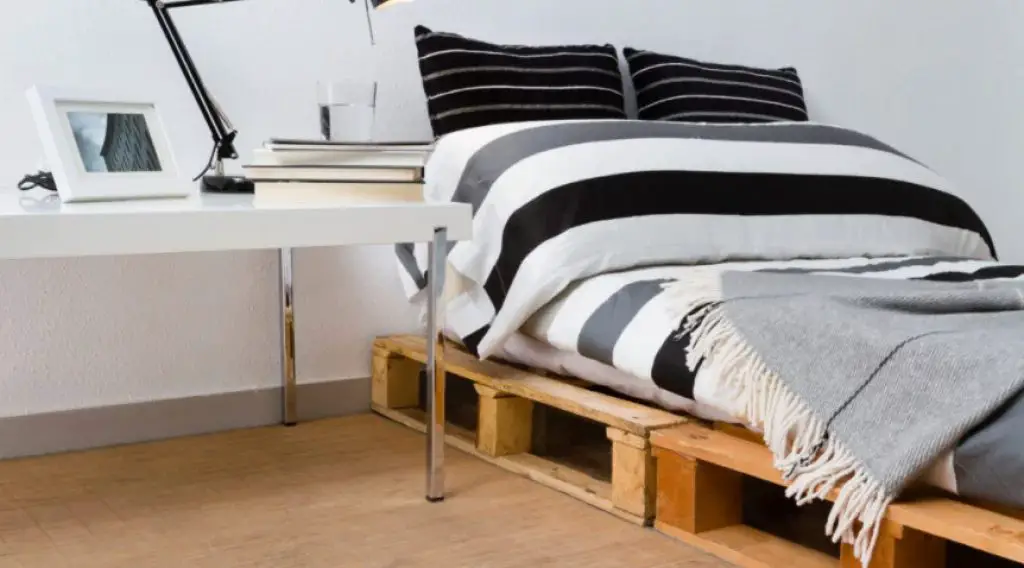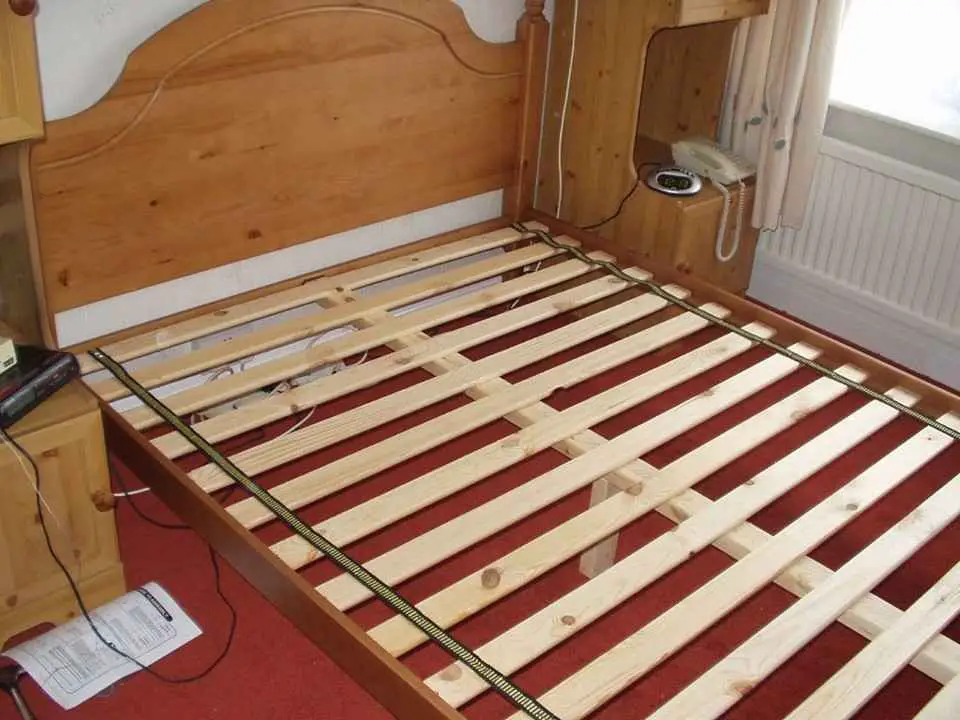The leather couch is a necessary type of furniture in every home, while it is expensive and requires regular maintenance to repair the peeling leather couch.
It is simple to care for a peeled leather couch if you know how to fix it, but how are you accomplishing it?
The natural oils in the leather make it simple to maintain the leather couch, you should clean the leather couch every six to twelve weeks.
A leather cleaner, vinegar, and water solution can be used, whereas you should avoid using chlorine bleach.
Hence, you must read the entire article because I have included step-by-step instructions to Repair Peeling Leather Couch.
I’ve also talked about the ramifications of not fixing a peeling leather couch as this will guide you to take the necessary precautions to protect your costly leather couch.
Let’s get started!
Instructions to Repair Peeling Leather Couch:
It is critical to inspect your leather couch so that any issues may be addressed immediately.
Place a small piece of adhesive tape over the peeling parts if you won’t able to see them until you start repairing them.
Next, clean the couch using alcohol wipes, this can make the natural colour of the leather shine.
When you are satisfied that the couch is dry, mix the desired colour into the leather repair solution and test on the back of the couch where it will not be visible to anyone.
You are now ready to begin repairing.

Materials & Tools to Repair Peeling Leather Couch:
- Leather Paint.
- Acrylic Leather Matte Finish (topcoat).
- Paint Brushes.
- Leather Cleaner Wipes.
- Hairdryer.
- Popsicle stick.
- Plastic cup (if mixing colours).
- Table knife (optional).
Step By Step Process to Repair Peeling Leather Couch:
Clean the Area:

Leather cleaners are designed to keep leather furniture clean and protected.
They’re manufactured from a combination of natural oils and moisturizers that make the leather feel and look fantastic.
A vacuum or a microfiber washcloth can be used to clear the dust.
Use the leather cleaning solution included in the kit to clean the bed.
Remove leather exfoliating polish with a leather prep product or abrasive cloth or pad.
Using some vinegar, wipe the cleaned area, You have to wait for half an hour to work properly.
Use recolouring solution:

This is followed by a simple polishing process for minor cracks and peeling.
Rinse the leather couch down with a microfiber cloth, it removes excess oil and chemical compounds from the skin.
After rinsing, get a new microfiber towel and reapply the coloured ointment.
Completely wipe the couch with a cloth.
The problem is that it will not repair the cracks, but it will restore the natural shade of the leather couch and hide the deformation in the leather.
Allow it to cool for at least 10 min.
Use leather acrylic paint:
Leather acrylic paint is a sort of dye designed specifically for use on leather.
It is made of acrylic resins and pigments, iT is designed to have a long-lasting, durable finish.
Using a brush, apply a small amount of black acrylic leather paint to the area.
Make sure you are trying to cover the entire couch and leave the paint to dry for a minimum of 40 minutes.
If you are going to apply two coats of paint, make sure that the gap between them is at least 30 minutes.
When you touch it the painted area no longer feels sticky, it’s time to coat it.
When you’re finished, use a hairdryer to warm up the area for around 30 seconds.
The paint’s viscosity will be improved, it could take up to 24 hours, however, once it dries, your couch will look brand new!
If you’re not happy with the outcome, you may always repaint the area.
Repeat till the entire area is covered.
Using leather filler:
Carefully cut out all the peeling material with a pair of scissors and a razor.
After that, remove the small particles from the couch with a damp microfiber.
Remove the remaining leather flakes gently rather than tearing them.
After that, fill the couch with leather filler.
Fill in the gaps with a putty knife.
If you want to cover small areas, you should use only one teaspoon of filler at a time.
Put a leather filler on the back, then the sides (left to right), and finally the seating area.
If spreading is avoidable, make sure you have a wet cloth on hand.
Allow the leather filler to dry for 30 minutes.
For that period, don’t touch the couch, try to see if there are any kids or dogs in the vicinity.
Apply additional leather filler as required.
This is an optional step, If you want a second coat, wrap your leather couch in plastic wrap before the filler dries completely.
This is a precaution to ensure that your skin does not peel off in the future.
Using matte acrylic finisher:
Matte Acrylic Finisher is a clear, water-based finish that protects the leather from stains and abrasions.
After the leather has dried, use a soft cloth to cover the couch with a thin layer of the matte acrylic finisher.
Before using the couch, let the finisher dry completely.
Add a second coat of finisher after the first coat has dried for optimal effects.
The matte acrylic finisher will not fade or change the colour of the leather as it is water-based.
Instead of using a matte acrylic finisher, use a leather conditioner to add a little shine to your couch.
The oils in the leather conditioner give the leather a subtle shine.
Use a soft cloth to apply conditioner and polish until the leather shines.
Before applying leather conditioner to the entire couch, first test it on a small area, as certain conditioners can dye light-coloured leather.
It’s time to add the finishing touches after the paint has dried.
First, apply a small layer of matte acrylic finisher to the area with a popsicle stick or brush.
This will give the area a lovely shine while also protecting it from harm.
Finally, use a dry cloth to wipe the area clean, this will remove excess paint as well as give the area a good shine.
Your leather couch has been repaired and now it looks brand new.
Using leather binders:

Leather Binder is a liquid film filler that can be used to reinforce a damaged or broken leather’s weak fabric structure.
After you’ve finished your repairs, use a leather binder to strengthen the material and help prevent future problems.
A bottle of leather binder is usually cheaper and takes a number of coatings to work.
Allow the Leather to Dry Completely:

Before using leather, make sure it is completely dry, it could take up to 24 hours.
Your couch will look brand new once it has dried!
You can always repaint the area if you are not satisfied with the results.
Repeat until the entire area is covered.
Enjoy your newly renovated couch:

You can now love your couch for many years to come now that it has been fixed.
However, if your couch is peeled again, just repeat the instructions above.
Why Do Leather Couches Peel?
Use of sharp tool:
If you use sharp tools or equipment to clean or paint your couch, it will peel if it comes into contact with the couch.
Pets bite or nails:
Avoid having pets on the couch since their nails or bites can damage the leather.
Children mess:
You must keep children away from the couch while painting or cleaning because it contains sensitive solutions that might cause infections or skin cracking.
Direct exposure to sunlight:
Sunlight is one of the most common causes of leather peeling.
The sun’s UV rays can cause the skin to dry up, crack, and peel away over time.
Water damage:
Water damage is another common cause of leather peeling.
If your couch is damp, the water will seep into the skin, causing it to peel off.
If the couch is too old:
As the couch ages, it becomes more sensitive and susceptible to damage.
The skin may begin to peel, but have no fear, there are still options!
Also read: How To Clean Sheepskin Rug?
What are the Consequences of not repairing a peeling Leather Couch?
- A peeling leather couch can be damaged if not repaired.
- The leather will continue to peel and crack, making the couch unusable for a long time.
- Other pieces of furniture can also be damaged and difficult to repair.
- If your leather couch is loose, it is important to act quickly.
- Leather is prone to exposure to sunlight, heat, and water as it is a natural substance.
- If you do not deal with the problem, the couch will become increasingly damaged and unwanted.
- Also, if you do not keep your couch, its quality will decrease.
Also read: How To Style a Room with Cream Colour Sofa?
FAQ- Step-by-Step Process to repair Peeling Leather Couch:
Q1. What is the cost of repairing a peeling leather couch?
The cost of repairing a peeling leather couch is determined by the extent of the damage and the couch’s size.
If you hire a professional, you may expect to pay around $100 and $300.
If you do it yourself, you will save a lot of money, although you may need to buy some equipment.
Q2. Is it Possible to Repair a Peeling Leather Couch with Any Type Of glue?
No, because leather is such a fragile material, utilizing the wrong sort of glue could result in even more damage.
Alternatively, use a leather adhesive or patches designed specifically for leather repairs.
Q3. What precautions should be taken when repairing a peeled leather bed?
When dealing with leather, it is always advisable to seek expert guidance.
If you choose to fix it yourself, keep your workspace clean and take your time.
It is also a good idea to pre-test the small, unobtrusive area of the couch to make sure you are not allergic to any of the products you use.
Also read: How To Clean a Suede Couch?
Conclusion:
Proper maintenance and regular moisturizing will keep it from peeling off.
This article on how to fix a peeling leather couch suggests utilizing the appropriate leather repair kit.
Keep in mind that genuine leather does not peel off and the damaged area is often a sealant on the surface.
Follow seven simple steps to peel off your leather bed.
By using these tips, you can avoid the potential consequences of a damaged bed and save both time and money.
Section Under: How To










